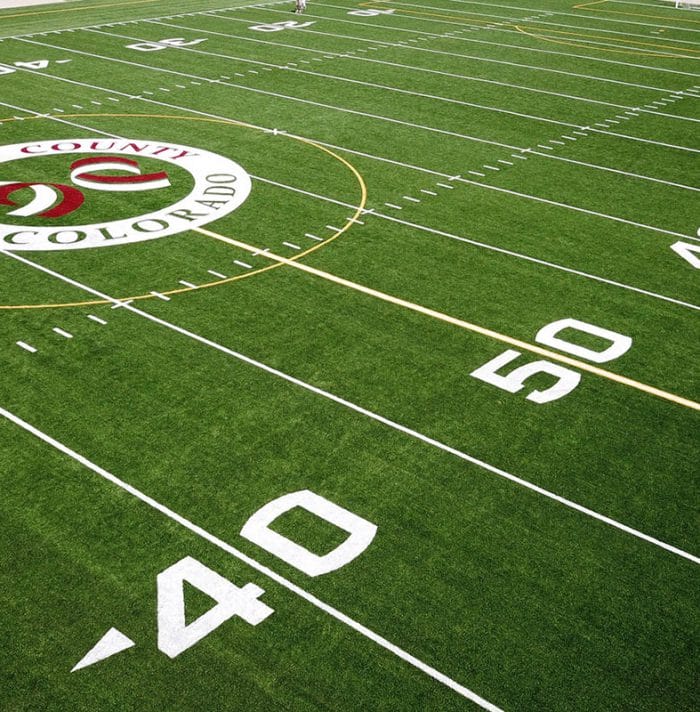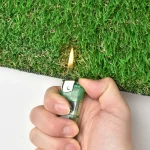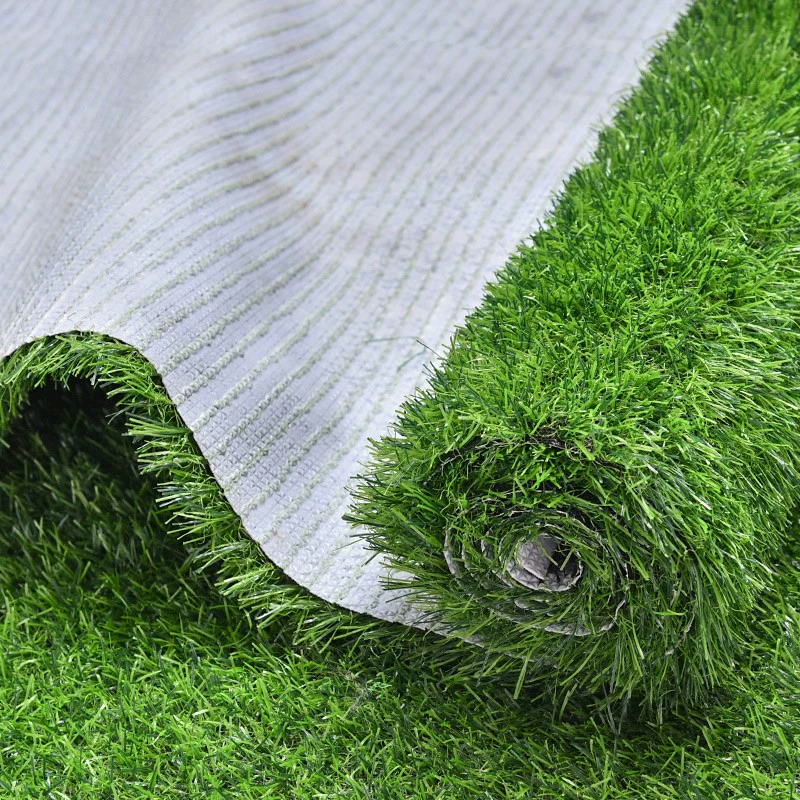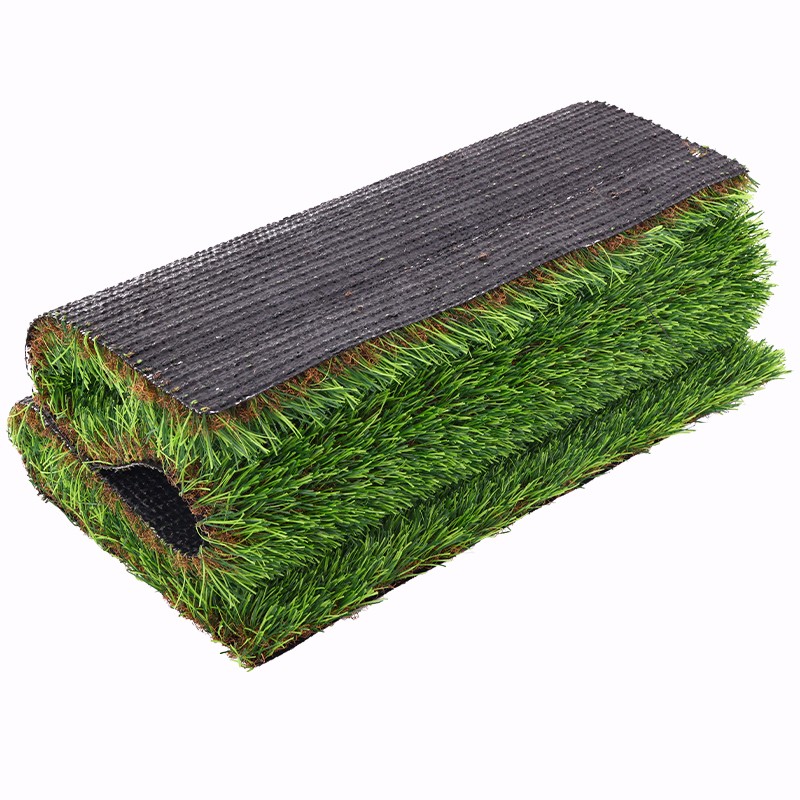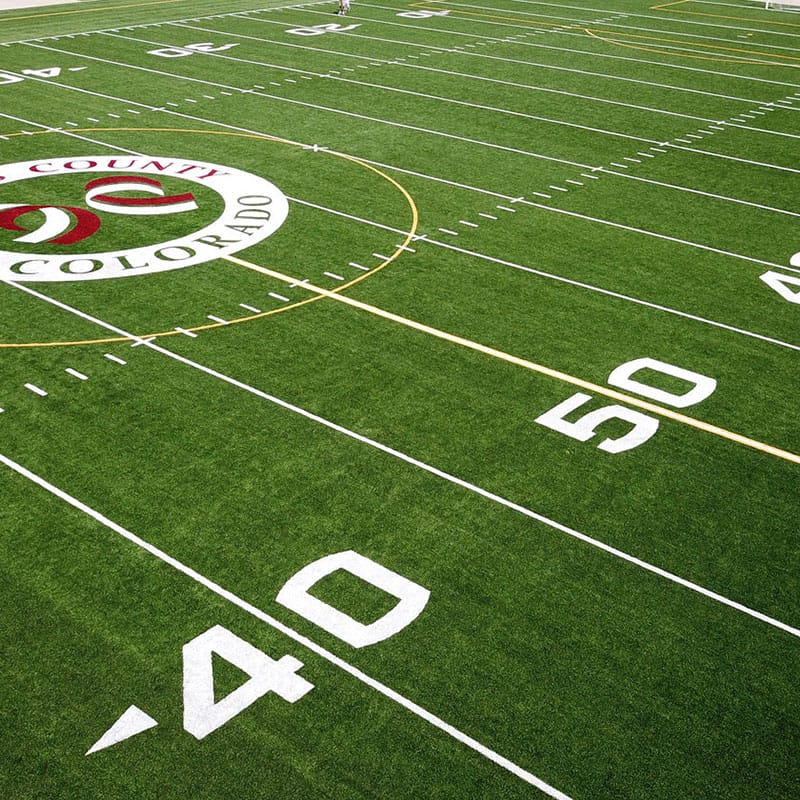
Monofilament turf has become the leading choice for modern synthetic sports fields thanks to its unmatched performance, safety and durability. The individual grass blade construction gives monofilament fields key advantages over outdated carpet-style alternatives.
Monofilament uses single blades of polymer fibers frayed at the tip to closely mimic real grass in look and feel. The vertical blade movement allows for better absorption of impacts and cutting motions. Fields install both straight and curly fibers for natural randomness.
The softer draping of the synthetic filaments provides cushioning when players dive or slide, reducing abrasions. Monofilament is more forgiving and flexible compared to stiff slit film turf.
The permeable fabric backing allows excellent drainage during wet weather. Water flows through rather than pooling on top to mitigate slippery conditions and bacterial buildup issues.
With proper infill, monofilament fields meet rigorous safety standards for head impact protection. This prevents serious injuries from falls better than compact carpet turf.
The variety of fiber colors, lengths and shapes available allows custom designs from vibrant greens for football to tan hues for baseball infields. Monofilament suits any sport.
Thanks to its balanced performance, safety and aesthetics, innovative monofilament turf has become the preferred choice for elite sports venues.
Artificial turf has become a popular choice for sports fields, offering consistent playability and low maintenance. Among the various types of artificial turf constructions, monofilament turf fields have gained recognition for their unique features and advantages.
**1. Precision in Design:**
Monofilament turf fields are characterized by individual fibers that are extruded as single strands. This results in a more precise and realistic appearance, closely mimicking the look and feel of natural grass. The distinct fibers contribute to a visually appealing and high-quality playing surface.
**2. Enhanced Durability:**
The singular strands of monofilament fibers are known for their durability. This construction method produces robust and resilient blades that can withstand the rigors of sports activities, ensuring a longer lifespan for the turf field.
**3. Consistent Playability:**
Monofilament turf provides a consistent playing surface, allowing athletes to predict ball behavior and maintain steady footing. The even distribution and alignment of individual fibers contribute to a uniform playing experience across the entire field.
**4. Improved Resilience:**
The monofilament construction allows for enhanced resilience. The individual fibers can recover more effectively after compression, providing a surface that remains even and playable even after intense use.
**5. Versatility in Application:**
Monofilament turf fields are versatile and suitable for various sports, including soccer, football, lacrosse, and field hockey. The consistent surface and durability make them ideal for high-impact sports that demand a reliable and robust playing field.
**6. Reduced Abrasion:**
Compared to certain turf constructions, monofilament turf tends to have a smoother surface, reducing the risk of abrasions and friction-related injuries. This is particularly important in sports where players frequently slide or make contact with the turf.
**7. Low Maintenance Requirements:**
Monofilament turf fields generally have lower maintenance requirements compared to natural grass fields. With minimal need for mowing, watering, or fertilizing, they offer a cost-effective and sustainable solution for sports facilities.
**8. Player Safety:**
The design of monofilament turf fields often incorporates advanced shock-absorbing technology in the form of infill materials, providing additional cushioning and reducing the risk of injuries from falls or impacts.
**9. Aesthetically Pleasing:**
The realistic appearance of monofilament turf adds to the overall aesthetics of sports facilities. The uniformity and precision in design create an attractive and well-maintained appearance that enhances the visual appeal of the playing surface.
In conclusion, monofilament turf fields represent a significant advancement in artificial turf technology, offering a combination of realistic aesthetics, durability, and consistent playability. Sports facilities around the world are increasingly adopting monofilament turf for its numerous benefits, providing athletes with an optimal and reliable playing surface.


